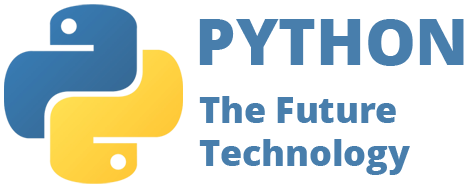Understanding Core Python: The Foundation of Python Programming
Core Python is the essential building block of all Python programming. It encompasses key components such as syntax, data structures, and basic operations that every programmer should master. This includes built-in types like lists, dictionaries, and sets, along with fundamental constructs such as loops, conditionals, and functions.
Renowned for its readability and simplicity, Core Python allows for rapid development and straightforward debugging. Additionally, Python’s extensive standard library provides support for a wide range of tasks, from file input/output to regular expressions, making it a versatile choice for various applications. Whether you’re a beginner or an experienced developer, mastering Core Python is crucial for leveraging the full power of the Python programming language.

Core Python: Best Practices and Industry Applications
Beyond the basics, Core Python emphasizes best practices like modular programming and code reuse through modules and packages. It supports object-oriented programming (OOP), enabling developers to create organized and reusable code. One of the key advantages of Core Python is its platform independence, allowing programs to run on various operating systems without modification. Mastering this foundational knowledge is essential for advancing to more complex Python frameworks and libraries, making Core Python a critical skill for any developer.
The Core Python syllabus is designed to provide a comprehensive understanding of the language and its fundamental concepts. Below is a detailed breakdown of the key topics covered in the course.
This syllabus provides a solid foundation in Core Python, equipping students with essential skills needed for programming in Python.
Python is a highly popular and versatile programming language with a rich history and unique characteristics. Here are some intriguing facts about Python:
import this in a Python interpreter.import antigravity opens a webcomic about Python, while import this displays the Zen of Python.Duration: 6 Weeks
Class Hours: 1 hour per day
Lab Hours: 1 hour per day
Prerequisite: Basic Programming Knowledge
Certificate: Issued upon successful completion of the training
Trainer: Industry-Experienced Mentor
Study Material: Comprehensive books, notes, and online tests
Online Tests: Unlimited access
Project Work: Included
Languages of Instruction: English, Hinglish, Hindi
Fees: ₹ 5,000/- + 18% GST
Placement Support: Not included
Complimentary Resources: Provided
1. Easy to Learn
Python boasts a simple and readable syntax, making it an ideal choice for beginners looking to grasp programming concepts quickly.
2. Versatility
Python is widely used across various domains, including web development, data science, machine learning, and automation, making it a versatile skill to have.
3. High Demand
There is a significant demand for Python developers across multiple industries, leading to lucrative job opportunities and career growth.
4. Community Support
With a large and active community, Python learners benefit from extensive support, resources, and tutorials, making the learning process smoother.
5. Rich Ecosystem
Python features a vast ecosystem of libraries and frameworks, such as Django, Flask, NumPy, and TensorFlow, which enhance productivity and efficiency in projects.
6. Future-Proof
Python is continuously evolving, with regular updates and improvements that ensure its relevance in the ever-changing tech landscape.
By learning Python, students and professionals can develop essential programming skills that open doors to a wide range of exciting career opportunities.

Click one of our contacts below to chat on WhatsApp
Social Chat is free, download and try it now here!
